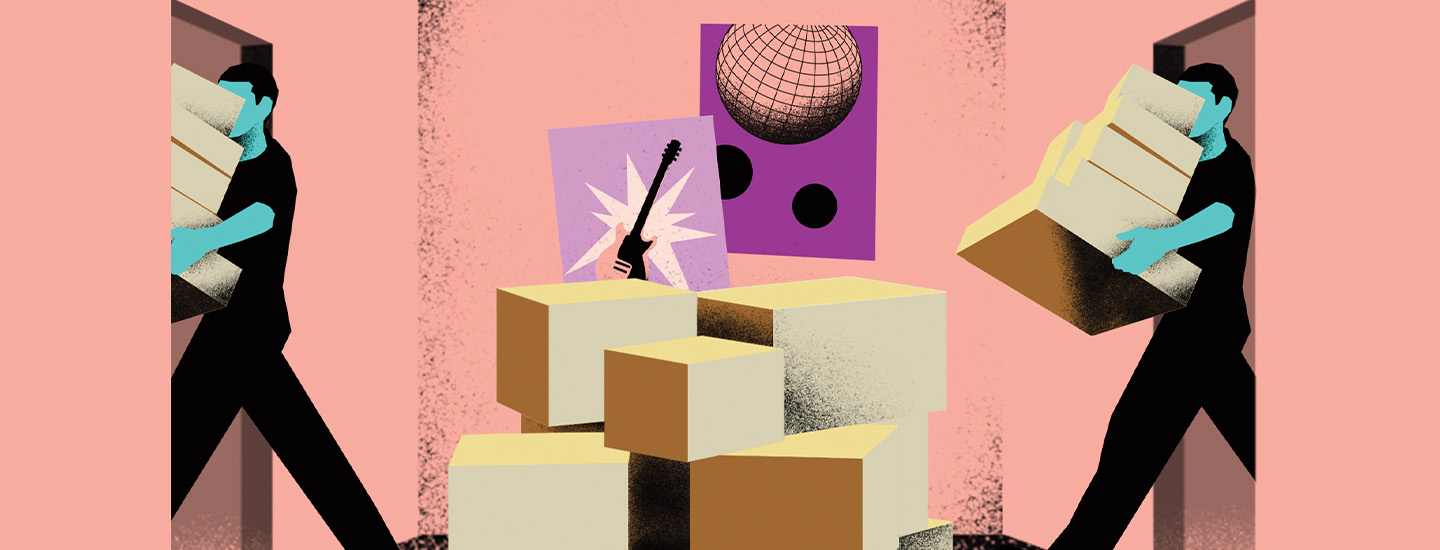Online sales are booming! Americans spent a record $1 trillion on internet purchases last year. That total was about $200 billion higher than in 2020, which also set a record, according to industry data.
The trend is a big win for online businesses, but it comes with a hidden cost. People are much more likely to return items that they buy online than products that they get in stores. And many of those items get thrown away. Nearly 6 billion tons of returned goods end up in landfills each year.

